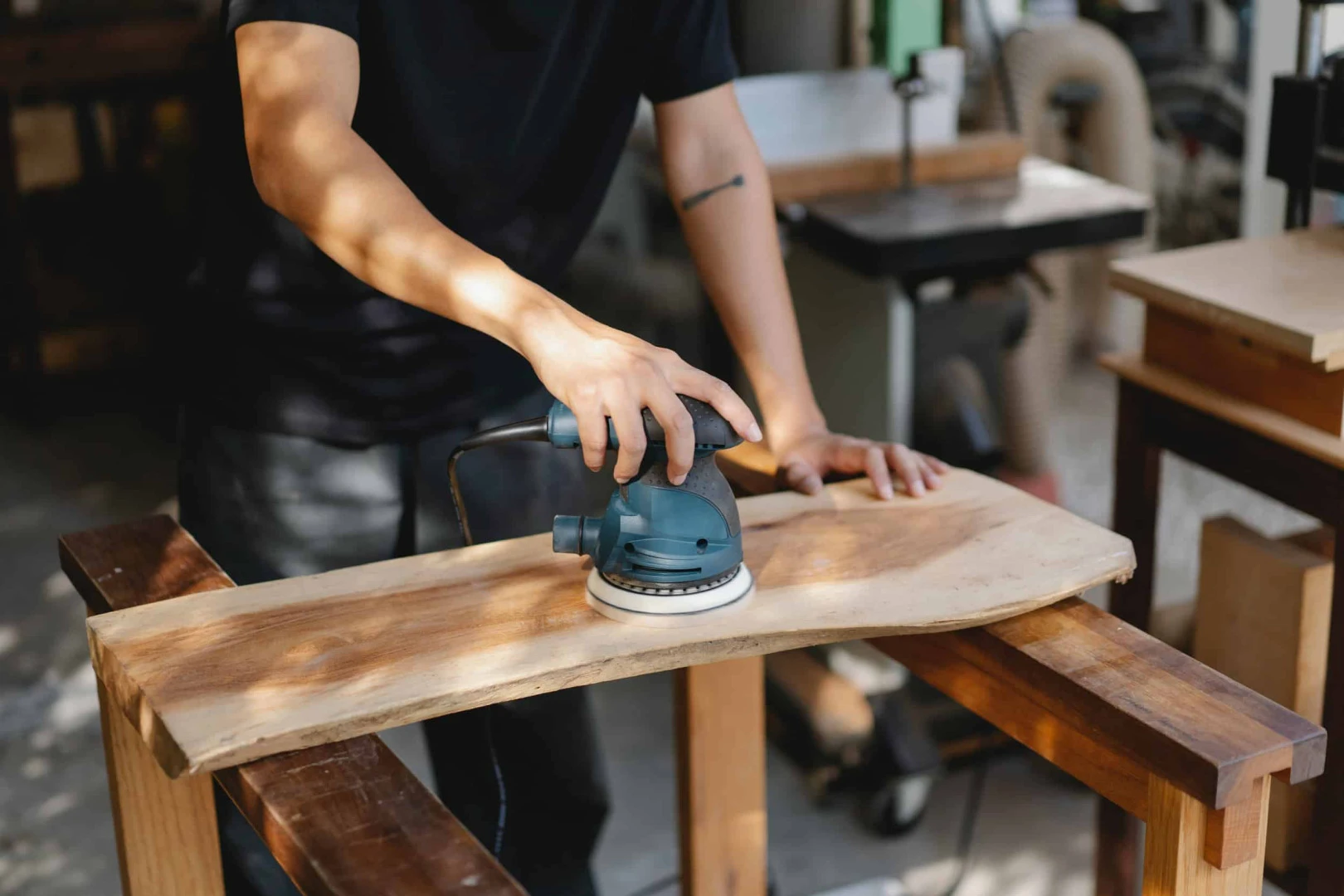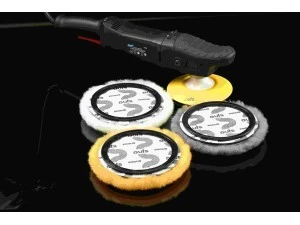The correct use of paint protection products in aircraft is one of the most critical stages of maintenance. These products are designed to enhance the durability of the paint surface against external factors and extend its lifespan. To achieve optimal results, specific rules and techniques must be followed. Firstly, the aircraft surface must be thoroughly cleaned before applying any protection products. Dirt, dust, and other contaminants can reduce the effectiveness of the protection and lead to inefficient application. Selecting the right product is equally important, as each product may require different application methods. Following the manufacturer’s instructions and understanding proper application techniques are essential for successful outcomes. Using high-quality materials during application directly affects the results and ensures long-lasting paint protection.
The Importance of Paint Protection in Aircraft
Paint protection is crucial for both aesthetic and functional reasons in aircraft. Protective coatings shield the exterior surfaces from environmental factors, chemicals, and physical damage, helping maintain material quality over time. Aircraft are particularly vulnerable to UV radiation, weather conditions, and other external influences at high altitudes, which can cause significant paint damage. Regular paint protection extends the aircraft's lifespan and minimizes maintenance costs. When high-quality products are used, the surface retains its gloss and “like-new” appearance for longer periods. This not only enhances the visual appeal of the aircraft but also provides operators with a professional and well-maintained image. Paint protection is also critical for preserving the aircraft’s value and potential resale price. Therefore, regular maintenance with professional-grade products is essential.
Choosing the Right Polishing Machine for Aircraft
Selecting the appropriate polishing machine is vital for effective paint protection in aircraft. Polishing machines play a key role in smoothing the surface and ensuring protection products are applied efficiently. The type of machine must be chosen carefully—rotary and eccentric (orbital) machines provide different results. Eccentric machines are generally preferred for aircraft, as they deliver a more uniform finish with reduced risk of damage. Ergonomic factors such as machine weight, power, and ease of use should also be considered, as polishing can be time-consuming. The right polishing machine enables effective application of protection products, resulting in a successful coating process and satisfactory results for both operators and aircraft owners.
Common Paint Protection Mistakes in Aircraft
Several common mistakes can reduce the effectiveness of paint protection in aircraft:
Neglecting surface cleaning: Failing to thoroughly clean the surface before application diminishes product effectiveness.
Incorrect product selection: Using unsuitable products can result in undesired outcomes.
Improper application techniques: Incorrect methods may cause uneven coating or application errors.
Low-quality materials: Inferior products reduce longevity and compromise results.
Neglecting maintenance: Irregular protection maintenance leads to gradual surface deterioration.
Excessive pressure during polishing: Over-pressuring can damage the paint surface.
Inappropriate equipment selection: Using unsuitable tools can cause significant surface damage.
Avoiding these errors enhances the efficiency and longevity of paint protection.
Steps for Applying Paint Protection on Aircraft
A systematic approach is essential for effective paint protection on aircraft:
Surface Cleaning: Thoroughly clean the aircraft’s paint surface to remove all dirt and debris.
Surface Assessment: Inspect the paint for scratches and imperfections, planning necessary corrections.
Polishing: Smooth the surface using appropriate polishing equipment and products.
Application of Protection Products: Apply paint protection products using UFS lambswool polishing pads, ensuring even and effective coverage.
Curing Time: Allow sufficient time for the products to dry and bond properly.
Final Inspection: Evaluate the surface for uniformity and effectiveness, taking notes for future maintenance.
Following these steps ensures both efficiency and high-quality results.
Scratch Removal Techniques on Aircraft Surfaces
Removing scratches from aircraft surfaces is a critical part of maintenance. First, assess the depth of scratches. Minor scratches can often be addressed with specialized scratch removers and polishing products, restoring smoothness and visual uniformity. Deeper scratches may require repainting after polishing, for which professional services are recommended. Using the correct products and equipment is essential; otherwise, existing scratches may worsen, or additional surface damage may occur. After scratch removal, applying protective coatings ensures long-term preservation and reduces future damage, extending the paint’s lifespan.
Flawless Results with UFS Lambswool Polishing Pads
UFS lambswool polishing pads are ideal for achieving flawless results in aircraft paint protection and polishing. These pads allow for effective yet gentle polishing, ensuring uniform distribution of protection products across painted surfaces. They also aid in minimizing micro-scratches during polishing. Thanks to their high-quality material, UFS lambswool pads deliver maximum efficiency and high customer satisfaction. Using these pads in aircraft paint protection ensures both aesthetic excellence and functional durability, helping aircraft surfaces remain protected and resilient against external elements for extended periods.



